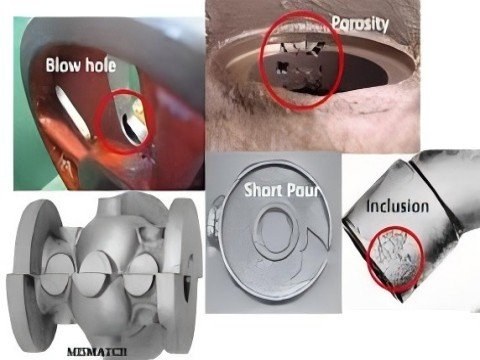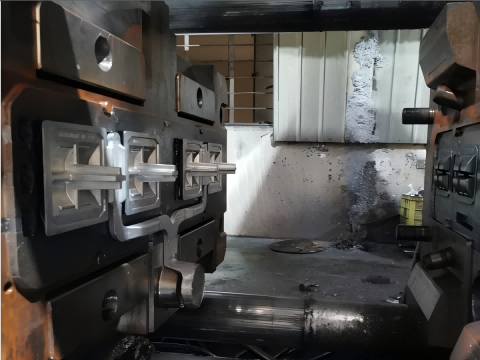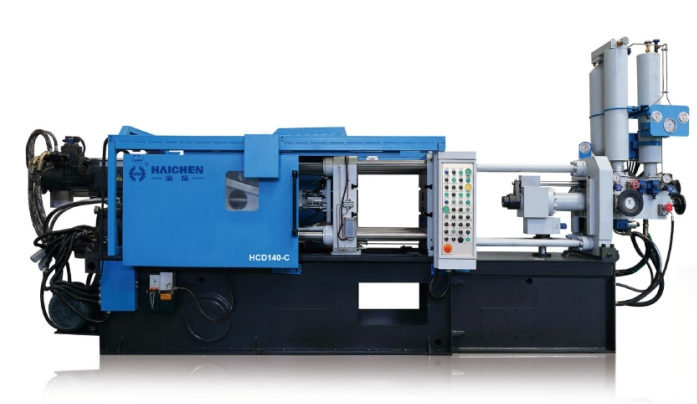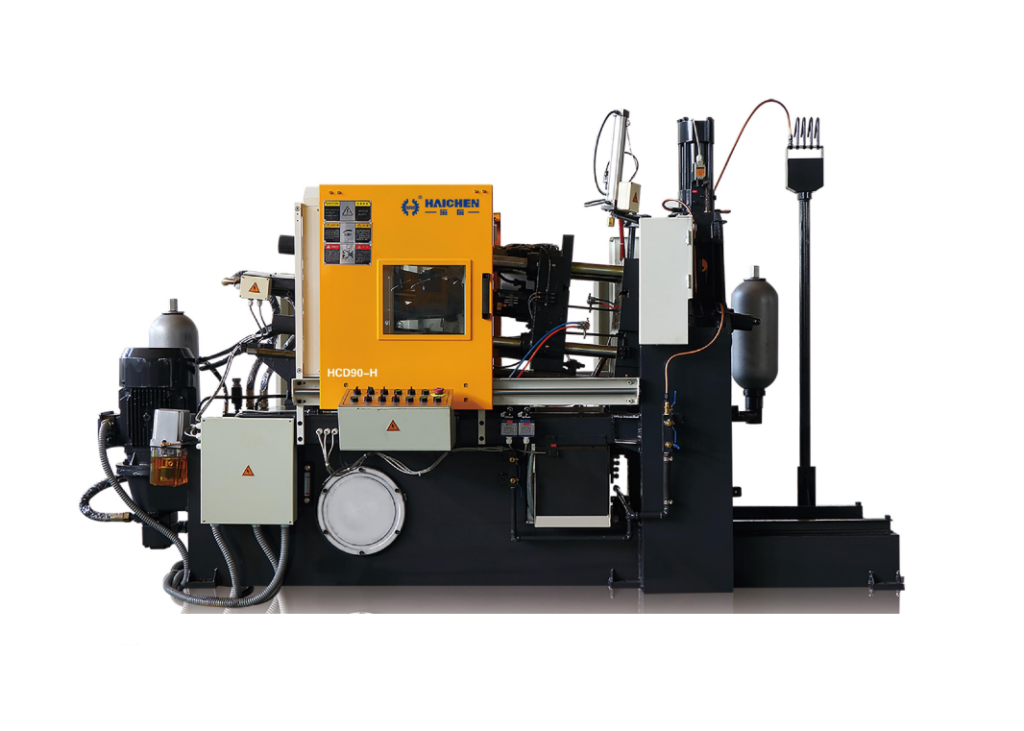Deformation during die casting can significantly affect the quality and dimensional accuracy of the final product.

Steps to solve deformation during die casting
Solving the problem of deformation of parts in the die casting process needs to start from many aspects, including optimizing mold design, adjusting process parameters and improving material treatment.
Optimize Mold Design
Uniform Wall Thickness: Ensure the mold design has uniform wall thickness to avoid uneven cooling and shrinkage.
Proper Venting: Adequate venting helps in reducing gas entrapment, which can cause deformation.
Draft Angles: Incorporate appropriate draft angles to facilitate easy ejection of the part without causing deformation.

Control Cooling Rate
Uniform Cooling: Ensure that the cooling system is designed to provide uniform cooling across the entire part. Uneven cooling can lead to warping and deformation.
Cooling Channels: Optimize the placement and size of cooling channels to maintain consistent temperatures.
Adjust Process Parameters
Injection Pressure and Speed: Optimize the injection pressure and speed to ensure the molten metal fills the mold completely without causing excessive stress.
Temperature Control: Maintain consistent temperatures for both the molten metal and the mold. Too high or too low temperatures can lead to deformation.
Holding Pressure and Time: Proper holding pressure and time can help in reducing shrinkage and deformation.
Material Selection
Alloy Composition: Choose an alloy with good fluidity and minimal shrinkage characteristics.
Preheating: Preheating the mold can help in reducing thermal shock and subsequent deformation.
Post-Casting Treatments
Stress Relieving: Perform stress-relieving heat treatments to reduce internal stresses that can cause deformation.
Straightening: Mechanical straightening can be used to correct any deformation that occurs during casting.
Quality Control and Inspection
Dimensional Checks: Regularly inspect the dimensions of the cast parts to identify any deformation early in the process.
Process Monitoring: Use sensors and monitoring systems to keep track of process parameters and make real-time adjustments.
Simulation and Modeling
CAE Software: Use computer-aided engineering (CAE) software to simulate the die casting process. This can help in identifying potential deformation issues before actual production.
Mold Flow Analysis: Conduct mold flow analysis to optimize the filling and cooling phases.
Maintenance
Regular Maintenance: Ensure that the die casting machine and mold are regularly maintained to prevent issues that could lead to deformation.
Mold Surface Treatment: Apply surface treatments to the mold to improve its durability and performance.
By addressing these factors, you can significantly reduce the risk of deformation during the die casting process and improve the overall quality of the cast parts.
Haichen die casting machine supplier
Haichen is a well-known manufacturer of die casting machines, based in China. We offer a range of die casting machines, including cold chamber die casting machines and hot chamber die casting machines, catering to various industries such as automotive, electronics, and home appliances.


Key Features of Haichen Die Casting Machines:
High Precision: Haichen machines are known for their high precision and stability, which are crucial for producing high-quality castings.
Energy Efficiency: Many of their machines are designed to be energy-efficient, reducing operational costs.
Advanced Control Systems: Equipped with advanced PLC control systems for better process control and automation.
Durability: Built with high-quality materials to ensure long service life and reliability.
Versatility: Capable of handling a wide range of materials, including aluminum, zinc, and magnesium alloys.



